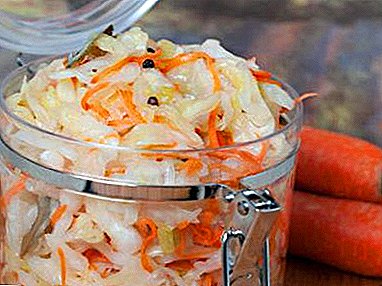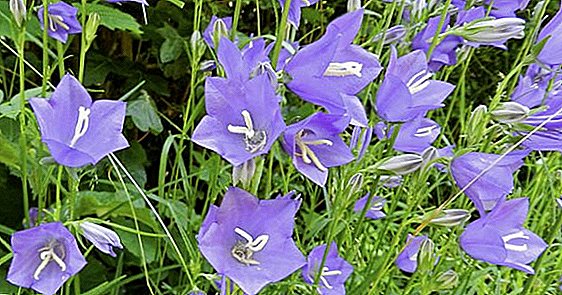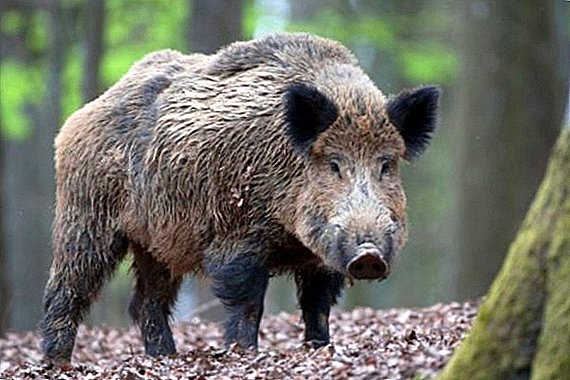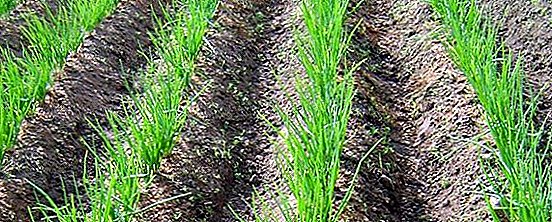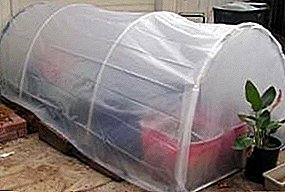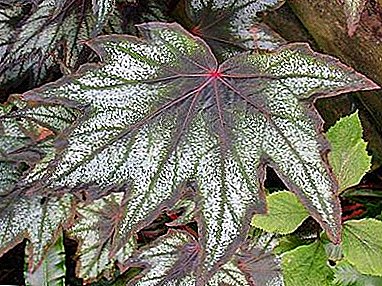
Begonia Diadem is a perennial plant that looks like a beautiful shrub with amazing leaves, for which this species got its name, because its beauty will decorate any room interior or front garden.
In this article you will learn about the distinctive features of the variety from other types of begonias. Also here you will find a botanical description of the plant and its history.
How to plant such a flower? How to care for him? What diseases can hurt this flower and how to get rid of them? These and other questions for you to answer this article is devoted to begonia diadem.
Botanical description and history
Begonia Diadem is a perennial shrub, which is able to grow from 60 cm to a meter in height (for other types of cluster begonias and features of their cultivation can be found in a separate article). This herb was first discovered by a botanist from France, Charles Plumier, who named Begonia in honor of Michel Begone, the organizer of the search expedition. It hails from the rainforests of South and Central America. Favorable conditions for growth - in tropical rain forests and mountains, at least 3000 meters above sea level.
Features of appearance
On long erect stems are large asymmetric leaves with jagged edges, reaching an average of 15 cm in length and 10 cm in width. The main color is dark green, with an olive tinge, on which white stains are contrasted, located across its surface. Sometimes the leaves have a purple tide. On the reverse side, the leaves are purple in color (an overview of the varieties of begonias with bright red leaves can be found here).
Begonia Diadem blooms delicate pale pink flowersalmost white. In order to properly formed a bush, it must be periodically rotated.
Landing Rules and Tips
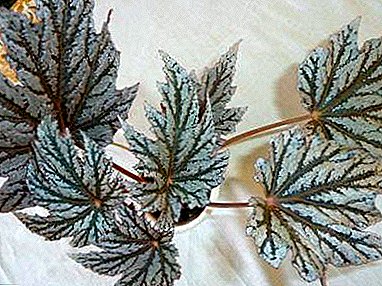 For room begonias, a shallow pot is best for 3-4 cm in diameter more than the rhizome of the plant.
For room begonias, a shallow pot is best for 3-4 cm in diameter more than the rhizome of the plant.- Planting (as well as subsequent transplanting) is best done in the spring, before intensive growth begins.
- Immediately after transplanting the plant can be watered.
- The plant needs an annual transplant with the preservation of the entire root coma.
- Begonia can also be planted in open ground. But it is worth remembering that the Begonia Diadem is a rhizome plant, during the cold it must be transplanted into a pot and kept indoors.
- It is better to plant Begonia at the end of May in order to rule out the possibility of a sharp cooling.
- It is advisable to fill the pit for planting with ready-made soil composition.
- If it has suddenly become cold or rain after planting, it is necessary to cover Begonia with polyethylene or lutrasil for protection.
- The first few weeks the plant can be fertilized with fertilizers to give Begonias quickly gain strength.
- In extreme heat, the plant may well stop growing. In this case, it is worthwhile simply to increase the frequency of watering and monitor the soil.
- In early October, Begonia can be excavated, but before that it is necessary to cut the stems, leaving only a small part (about 3 cm).
Lighting and location
For Begonias Tiaras direct rays of the sun are destructive, the best light is scattered light or partial shade. Room Begonia should be put on the windowsill with darkened glass, or in the place where the sun does not reach.
Soil requirements
First, a third of the pot is filled with drainage (pebbles or expanded clay), and then 2-3 cm of charcoal to avoid rotting of the roots. Soil mixture can be bought already prepared, but you can make yourself. This will require:
- leaf earth (2 parts);
- river sand;
- high peat;
- humus (can be replaced with coniferous and sod land).
The soil should be slightly acidic (pH: 5.0 to 7.5).
Before using the soil mixture must be sterilized. To do this, you must put the mixture in a water bath and, after boiling, keep on low heat for 1.5 hours.
Proper care
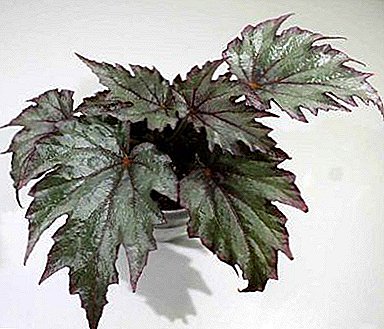 Moderate moisture is required for the Diadem. In dry weather, the plant is sprayed, you can also put the pot in the pan with wet gravel.
Moderate moisture is required for the Diadem. In dry weather, the plant is sprayed, you can also put the pot in the pan with wet gravel.- Be sure to keep the rhizome always warm.
- It is necessary to carry out regular pruning in order to rejuvenate the plant and make it more attractive. Dry and old shoots need to be removed for even and efficient distribution of nutrients between the crown and rhizome.
- Immediately after pruning, the number of waterings should be reduced before the emergence of new growing shoots.
The healing of cuts will help their processing with crushed coal.
- Fertilize Begonia can begin with spring. Until mid-July, it is better to use nitrogen-containing compounds (ammonium nitrate, urea). Potassium-phosphate fertilizers (superphosphate or potassium phosphate) are suitable for the second half of summer.
Diseases and pests
The most common disease is root rot.. In such cases, it is recommended to thoroughly dry the soil and no longer allow waterlogging. Also evidence of excess moisture in the soil will serve as yellowed leaves.
If rot is found on the leaves and stems themselves, then too frequent and abundant spraying occurs.
If there is no flowering, and new leaves are weak, this means that the soil does not have enough nutrients. Begonia should be transplanted and fed twice a month.
Black spots on blooming Begonia leaves mean bacterial wilt. Spraying the plant with a fungicide will help. Such a procedure can be carried out even healthy Begonias, as prevention.
Among the main pests of Begonia are the following:
- Whitefly Hothouse. It feeds on leaf sap, after which they begin to turn pale and fade. The best tool is a soap solution (40g of soap per 10 liters of water), but care must be taken to ensure that it does not get to the roots.
- Gallic nematode. When the nematode on the plant will begin to appear swellings and growths. It is necessary to remove the affected areas, and water the roots with a small amount of 0.05-0.2% Heterophos solution.
- Red spider mite impersonating a fine web on Begonia. It appears if the plant is abundantly watered and kept in a very warm place. The affected plant will help save the spraying of the drug Detis.
- Greenhouse thrips - It is a large dark insect that breeds well at high humidity. Begonia leaves discolor and the plant stops growing. You can fight with soap solution.
Breeding
Begonia Diadem is most often propagated by stem cutting. But, besides, Begonia can multiply by dividing the bush, seeds, leaves, and even part of the sheets.
- Stem stalk or leaf must be rooted in the substrate (sand and peat are usually used, or sphagnum moss).
- To accelerate growth, you can process the tip of the cutting with a solution of water, honey and fresh aloe juice.
Begonia Diadem pretty unpretentious plant. With proper care, a beautiful bush will please the eye with its unusual leaves for many years.


 For room begonias, a shallow pot is best for 3-4 cm in diameter more than the rhizome of the plant.
For room begonias, a shallow pot is best for 3-4 cm in diameter more than the rhizome of the plant. Moderate moisture is required for the Diadem. In dry weather, the plant is sprayed, you can also put the pot in the pan with wet gravel.
Moderate moisture is required for the Diadem. In dry weather, the plant is sprayed, you can also put the pot in the pan with wet gravel.